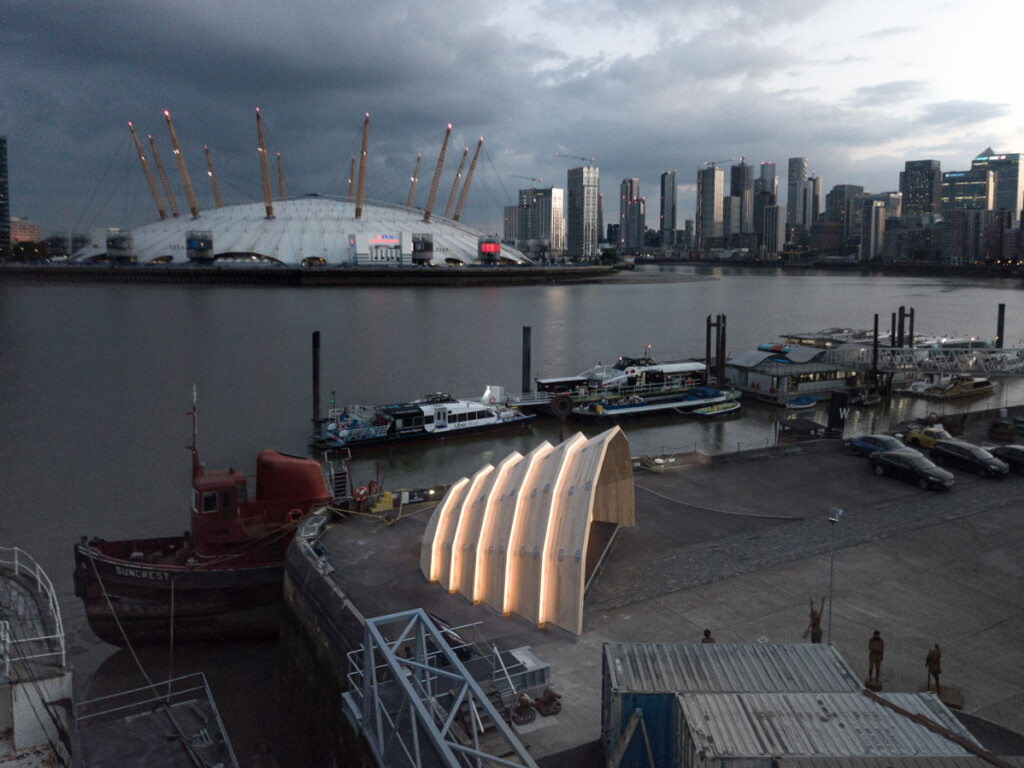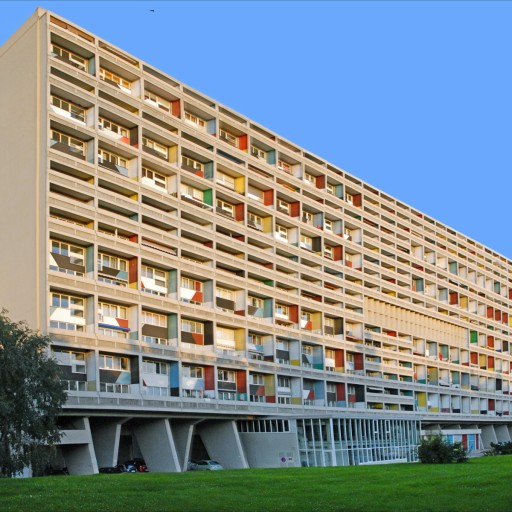Is it possible to conceive buildings that, at the end of their useful life, do not become rubble but valuable resources for new construction? Of course. The affirmative answer to this question is driven by the concept of design for deconstruction or disassembly (DfD), an emerging strategy in architecture that promotes the creation of structures designed from the outset to be dismantled and reused, aligning with the principles of the circular economy and sustainability.
But what applications already exist with this approach? Are they exclusive to buildings with certain characteristics and materials? Let’s take a closer look at what this positive deconstruction proposes.

The traditional paradigm: from demolition to waste
Historically, demolition has been the final destination for many buildings, generating enormous amounts of waste and wasting materials that could have a second life.
It is obvious that this linear approach of “build, use, and dispose” contributes to environmental degradation and the depletion of natural resources. According to Eurostat data, construction and demolition represent nearly 40% of the waste generated in European countries, and much of it could be reused. Now, how do we do it?
The principles and benefits of design for disassembly
The DfD proposes an alternative by considering, from the design phase, how a building’s components will be dismantled and reused at the end of its life cycle. Its fundamental principles include:
- Reversible and accessible connections: Use standardized mechanical connections that allow disassembly without damaging the components. Avoiding permanent adhesives and sealants makes it easier to separate materials.
- Simplicity and standardization: Focus on designing with the smallest possible number of materials and components, favouring those with standardized dimensions and characteristics to facilitate their reuse.
- Use sustainable materials: Prioritize bio-based or recyclable materials, which are easier to recover and have a lower environmental impact.
- Detailed documentation: Proposes keeping accurate records of the materials and techniques used, facilitating future disassembly and reuse tasks.
The list of benefits of adopting DfD is multiple:
- Waste reduction: By reusing components, the amount of waste sent to landfills is reduced, contributing to reducing the environmental impact of construction.
- Economic efficiency: Reusing materials can generate significant savings in construction and demolition costs, as well as reducing dependence on new resources.
- Flexibility and adaptability: Buildings designed for dismantling can be more easily adapted to new uses or needs, prolonging their useful life and functionality.
But what examples of buildings proposed by the DfD can we already see standing?
Outstanding examples of design for disassembly
Various projects around the world have successfully incorporated DfD principles:
CIRCL, in Amsterdam
Developed by DoepelStrijkers and De Architekten Cie, this pavilion was designed to be completely dismantled, allowing its materials to be reused in future projects.
Edge Suedkreuz Berlin
Designed by Tchoban Voss Architekten, this office complex features material passports and a deconstruction plan, facilitating the reuse and recycling of its components.
在 Instagram 查看这篇帖子
The Armadillo
This reusable pavilion, which we talked about in this post, was designed by Schilling Architects and first exhibited at the London Festival of Architecture. It is made up of recyclable and modular components. After being dismantled at the end of the event, it has been rebuilt in other public spaces, demonstrating that circular design is not only possible, but also inspiring.





